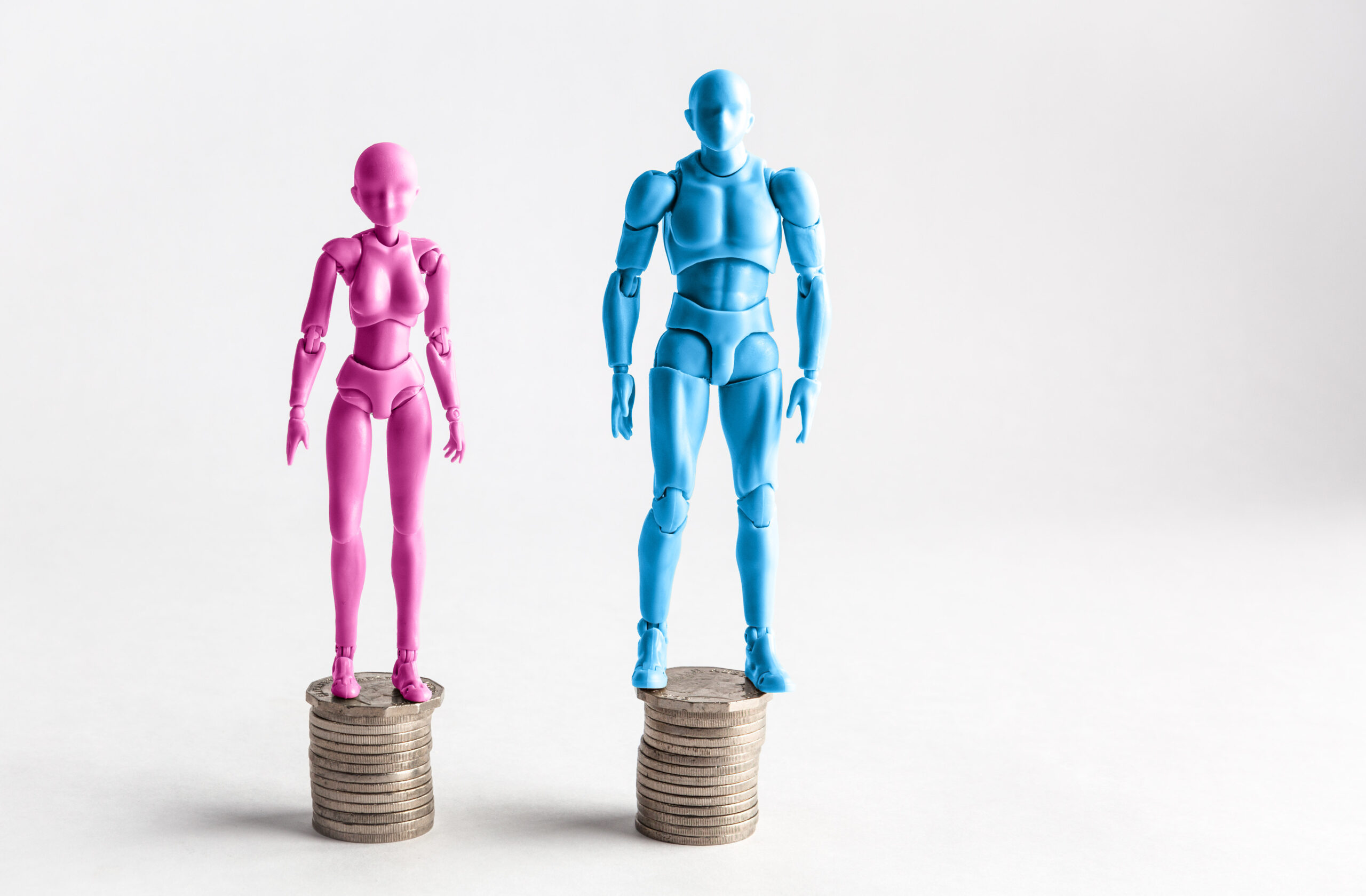It’s a well-known fact that men earn more than women in New Zealand and a common argument for why has been that women tend to work in lower-paid occupations.
But new research discounts this, citing sexism as the real reason.
In the past 10 years the gender pay gap in New Zealand has barely narrowed, and it has been widely accepted that this is because women are over-represented in low-paying industries like food and beverage services.
However, for the first time researchers have compared how much men and women are paid when they contribute the same amount of value to their employer, and found the reasons we’ve previously accepted for Kiwi women earning less [than men] are not the case.
The study, conducted by researchers at Motu Economic and Public Policy Research, found that when men and women were statistically indistinguishable in how much value they added to their firms, the average woman was still only paid 84 cents for every $1 for the average man.
“To put it simply, our research suggests sexism is likely to be a major driver of the gender wage gap,” says lead researcher Isabelle Sin.

While the study did find that women were over-represented in low-paying industries like food and beverage services, this only explained seven per cent of the entire gender wage gap.
Even when researchers added in the fact that women also tend to work in low-paying firms, this still only accounted for 12 per cent of the overall gender wage gap, says Dr Sin.
The findings support the results of the latest NEXT Report – an annual survey by NEXT magazine of more than 1000 women nationwide. The NEXT Report revealed almost a quarter of respondents claimed they had been discriminated against at work because of their gender and 79 per cent of Kiwi women did not believe they were offered the same opportunities at work as men.
Earlier this year Deputy Prime Minister Paula Bennett released research that showed 80 per cent of the gender pay gap is due to employers’ unconscious bias against females; and NEXT also reported that equal employment opportunities commissioner Dr Jackie Blue has noticed a marked increase in the number of formal complaints made to the Human Rights Commission about employment discrimination based on gender in this country.
So how did the Motu study come to its conclusions? The Motu study looked at half of the working population between 2001 and 2011 to see how much of the overall gap between women and men’s wages is to do with women working in industries that pay less, and then looked at productivity and wages of men and women in private companies with at least five employees.
Previous studies have looked at factors like education and age to capture differences in the value contributed by employees, whereas this study used employee-level data linked to business information.
Researchers found a 16 per cent gender wage-productivity gap, meaning women are paid 16 per cent less for making a contribution of the same value to their employer.
“We didn’t find any evidence that young women are paid less than young men for work of the same value,” says Dr Sin.
“But there was a 16 per cent pay gap for women aged 25-39, a 21 per cent gap for those aged 40-54, and a 49 per cent gap for older women.”

The gender wage-productivity gap is also higher for employees who have worked at the same firm for longer, with the study showing that even though both genders showed higher productivity, women were still paid less “even after they’d had the chance to demonstrate their worth to their employers”.
The gender pay gap is particularly marked in a few industries – over 40 percent in finance and insurance, telecommunications, transport equipment manufacturing, water and air transport, and electricity, gas and water, and rail.
In a piece written about the gender pay gap by former Green Party co-leader Metiria Turei for Now To Love only last month, she argued for pay transparency in the workplace.
“I’d argue pay transparency is the first step in achieving the equality we want. Last year, the State Services Commission published figures revealing a staggering gap between the average salaries paid to women and men in the same public sector agency or department – up to 39 per cent in some cases.
“There was no naming and shaming of individuals but the act of making it public was enough to make a small dent in that particular sector. If I was one of those women who worked in one of those roles, I’d be pretty peeved, but I’d also be arming myself with that information for my next pay review.”
She suggested employers keep pay data on hand, so employees can ask for it should they want to.


